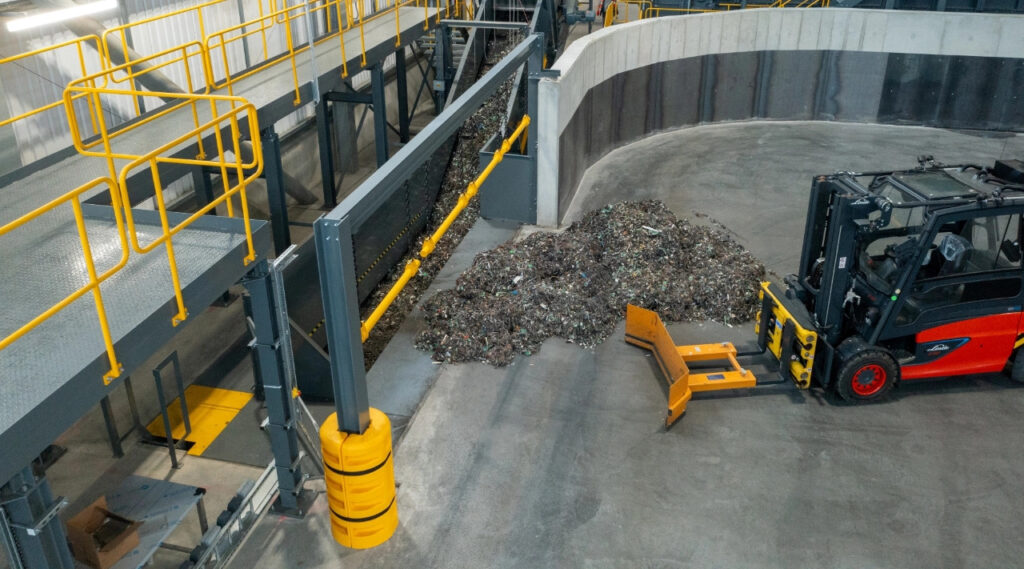The 'Batteries and Accumulators (Placing on the Market) Regulations 2008', transpose the Internal Market provisions of the Batteries Directive into UK law, outlining the technical requirements that anyone placing batteries onto the market must adhere to.
Only batteries placed on the market on or after this date that do not comply with these Regulations will be prohibited from sale or will be required to be withdrawn from the market
BERR guidelines
These include regulations for labelling on batteries in order to boost recycling rates – which include a crossed-out wheeled bin symbol (similar to that used in the waste electrical and electronic equipment, WEEE, system).
And, batteries containing mercury, cadmium or lead above a certain level must also be marked accordingly with the appropriate chemical symbol to make them easier to deal with once used.
At the same time, the regulations prohibit producers from placing portable batteries onto the market that contain a 0.0005% level of mercury by weight and 0.002% level of cadmium.
And, while some batteries – such as those used in emergency and alarm systems – are exempt from that prohibition, they must instead be labelled with the appropriate chemical symbol, with similar labelling required for batteries containing lead above 0.004% by weight.
Market
The regulations, which are expected to be published in full on or around August 21, also cover the placing on the market of new batteries, and guidelines published by BERR to accompany the regulations clarify the situation with regards producers potentially having to withdraw from stock or sale non-compliant batteries that were placed on the market before September 26.
They explain that: “Only batteries placed on the market on or after this date that do not comply with these Regulations will be prohibited from sale or will be required to be withdrawn from the market.”
This clarification follows uncertainty among producers over whether the Directive would require large-scale product recall on September 26 of batteries placed on the market before that date, due to differing interpretations of article 6 of the Directive.
And, the regulations also address the issue of removing waste batteries from appliances, and difficulties that product design and a lack of instructions allowing an end user to remove waste batteries might create.
The BERR guidelines state that “the regulations aim to ensure that no person shall place on the market any appliance designed in such a way that a waste battery cannot be readily removed from it.
They add that producers “shall ensure that that appliance into which a battery is or may be incorporated with a battery is accompanied by instructions showing how the battery can be removed safely and, where appropriate, informing the end-user of the type of battery incorporated.”
Picture
However, while the picture with regards placing portable batteries on the market is now clearer, there is still some way to go before regulations on collection, treatment and recycling of batteries are implemented, as the UK has to boost its battery recycling rate from a current level of 3% to 25% by 2012.
While the government outlined its plans for a multiple compliance system to allow producers to meet their recycling obligations under the Directive, it is not expecting to hold a consultation on draft regulations until the autumn, and as a result they are not expected to be implemented until late this year or early in 2009 (see letsrecycle.com story).
And, the combination of the system chosen by the government, and the delays in implementing it, were criticised by a major waste battery collection company (see letsrecycle.com story).








Subscribe for free